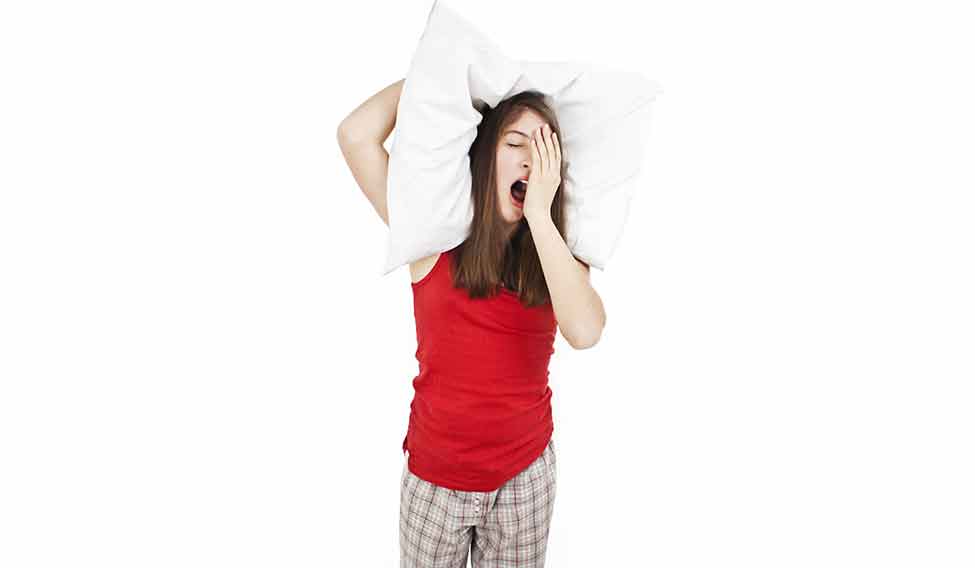Sleep is a physical and mental resting state in which a person becomes relatively inactive and unaware of the environment. In essence, sleep is a partial detachment from the world, where most external stimuli are blocked from the senses.
While we sleep, most bodily functions like body temperature, blood pressure and breathing rate decrease. The brain, however, keeps its pace. Throughout an eight-hour sleep cycle, a normal adult alternates between rapid eye movement (REM) sleep, or dream sleep, and non-REM sleep, which is light or deep sleep. The duration of sleep changes with age, environment or because of genetic influences.
Sleep disorders occur because of disturbances in the duration, quality or timing of sleep, or in the physiological conditions associated with sleep.
There are 84 different sleep disorders, grouped under seven major categories.
Insomnias: Decreased sleep associated with difficulty in sleep initiation and maintenance. Happens persistently despite adequate sleep promoting habits and hygiene.
Sleep-related breathing disorders: Obstructive or central sleep apnoea, hypoventilation and hypoxaemic disorders, commonly associated with nighttime snoring and breathing difficulty, which carry complications like heart attack and stroke.
Hypersomnias of central origin: Often caused by intrinsic brain-related abnormalities of the sleep-wake cycle. Include diseases associated with increased sleep like narcolepsy.
Circadian rhythm sleep disorders: Continuous and recurrent sleep-wake cycle disturbances associated with misalignment of the endogenous biological clock. Parasomnias—Associated with abnormal sleep behaviour like nightmares, sleepwalking, talking in sleep and teeth grinding.
Sleep-related movement disorders: Include diseases like Restless Legs Syndrome, periodic limb movement and jerky limbs.
Other sleep disorders: Such as fatal familial insomnia and laryngospasm.
Consult a sleep physician when the conditions are persistent, produce psychological, neurological or emotional distress, and interfere with social or occupational functioning.
We have witnessed an increase in the number of sleep apnoea patients (13 to 18 per cent of Indian men and 6 to 8 per cent women), along with an increase in other sleep disorders like insomnia (30 per cent of adults), insufficient sleep or sleep deprivation (30 per cent of the population) and restless leg syndrome (6 to 8 per cent of adults).
Factors responsible for these disorders include changing lifestyles, increased body weight, poor sleep hygiene, interference with the biological clock, stress, depression, and genetic and environmental influences.
There are various tools available to diagnose a specific condition. Sometimes, we need to do a sleep study called polysomnography. A continuous positive airway pressure (CPAP) machine is used overnight to prevent repeated airway collapse.
The importance and benefits of sleep are immense and so are the complications of sleep disorders. We should respect sleep hygiene and seek timely help.
Dr Rajanish Sharma is international sleep physician (World Sleep Federation Programme) and director, Rudraksh Snore & Sleep Care, Jaipur.






